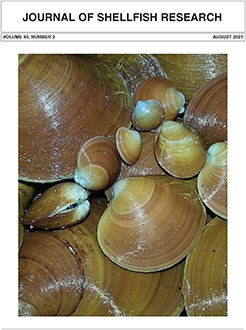Ontogenetic allometric analyses can provide novel insights into aspects of evolution, ecology, and conservation. The present study exploits a model sea urchin to evaluate the ontogenetic allometry of skeletal defense and feeding efficiency. Individuals of Lytechinus variegatus were sampled from St. Joseph Bay, FL, and a range of different-sized late juvenile to adult individuals were weighed, measured, and dissected into skeletal components. Skeletal defense was evaluated by examining whole-body wet mass versus primary spine density (number/cm2), length (mm), breakage strength (N), and magnesium calcite levels (%). Feeding efficiency was indirectly inferred from the relationship between whole-body wet mass versus whole lantern dry weight and magnesium calcite content. It was found that between the late juvenile to adult growth phase, L. variegatus displays nonlinear and isometric scaling between body size and various metrics of skeletal spine defense. Intriguingly, most metrics of spine defense against predators displayed a nonsignificant, body-size-independent relationship, indicating L. variegatus invests heavily in spine defenses at an early age. In contrast, hyperallometric scaling best described the relationship between body size and lantern size (feeding efficiency) reflecting the potential importance of elevating food intake with increasing age.
How to translate text using browser tools
14 September 2021
Ontogenetic Scaling of Skeletal Components in the Common Sea Urchin Lytechinus variegatus
Raven A. Edwards,
James B. McClintock
ACCESS THE FULL ARTICLE
<
Previous Article
|

Journal of Shellfish Research
Vol. 40 • No. 2
August 2021
Vol. 40 • No. 2
August 2021
allometry
echinoid
feeding efficiency
Lytechinus variegatus
ontogeny
skeletal defense




